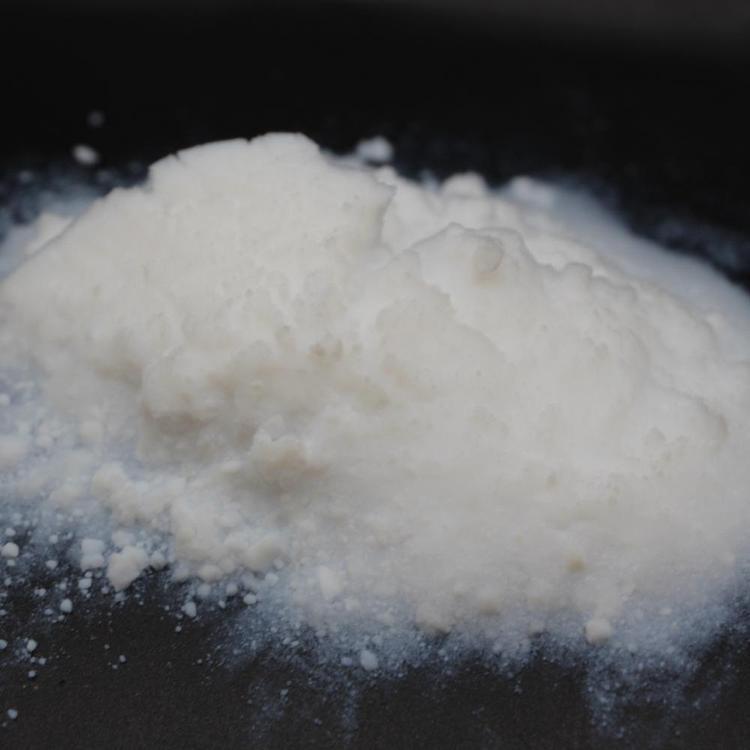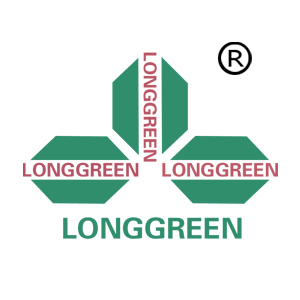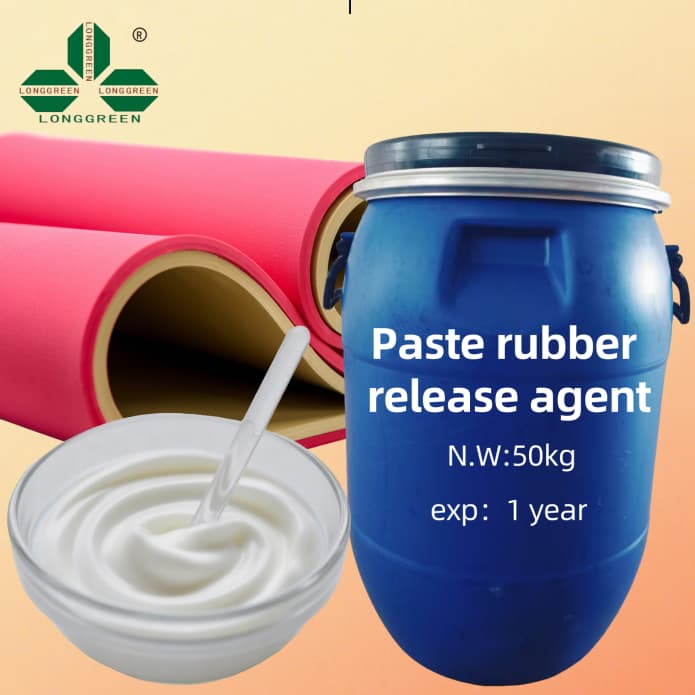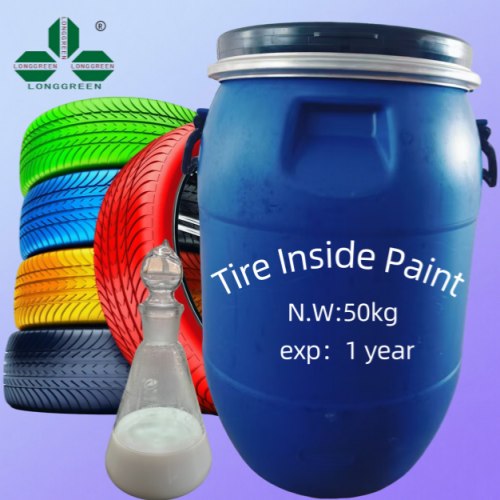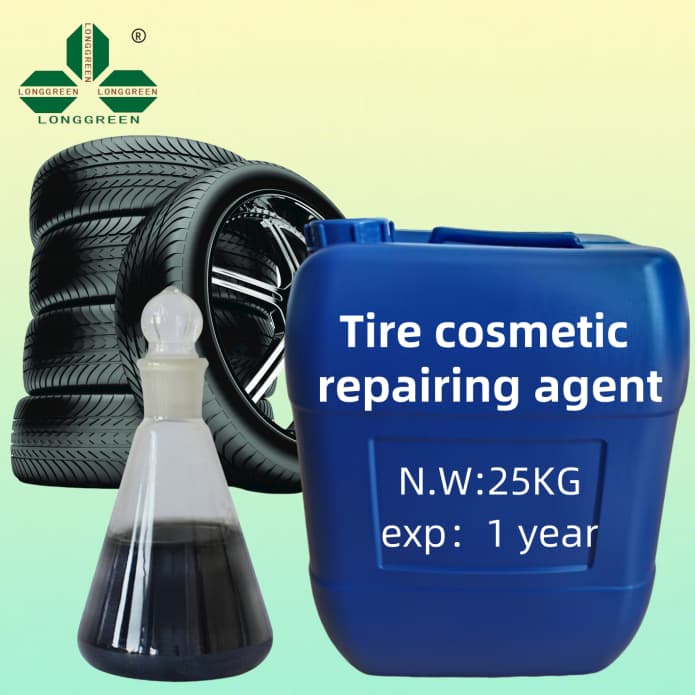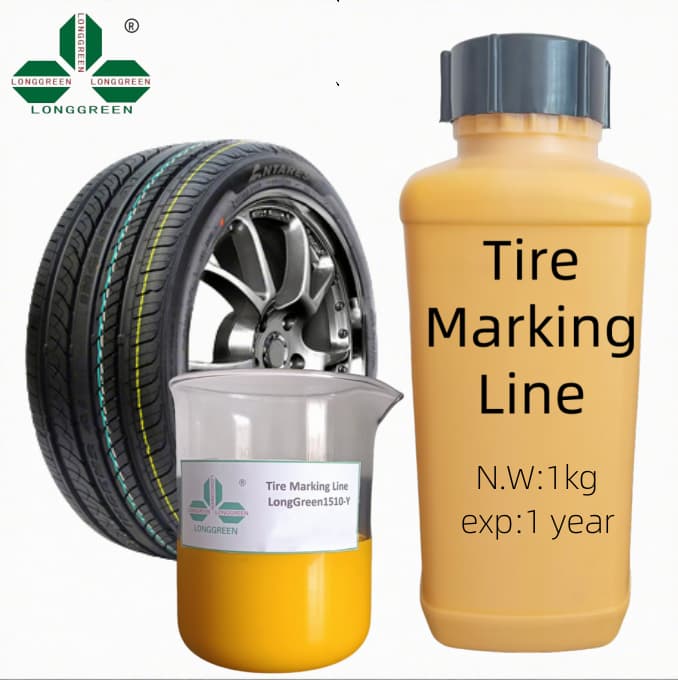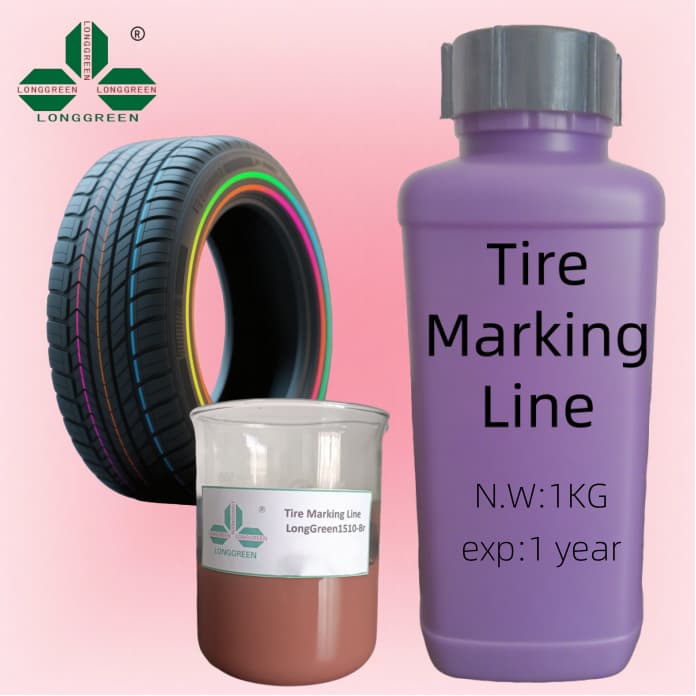In the dynamic landscape of the global rubber industry, where durability and longevity of products are paramount, a groundbreaking innovation has emerged—Physical anti-aging protectants. These specialized agents are redefining how rubber materials resist aging during processing and throughout their lifecycle, offering a paradigm shift from traditional chemical-based solutions. As demand for high-performance rubber products surges across automotive, construction, and manufacturing sectors, their integration is proving to be a game-changer, enhancing product resilience while addressing environmental and safety concerns.
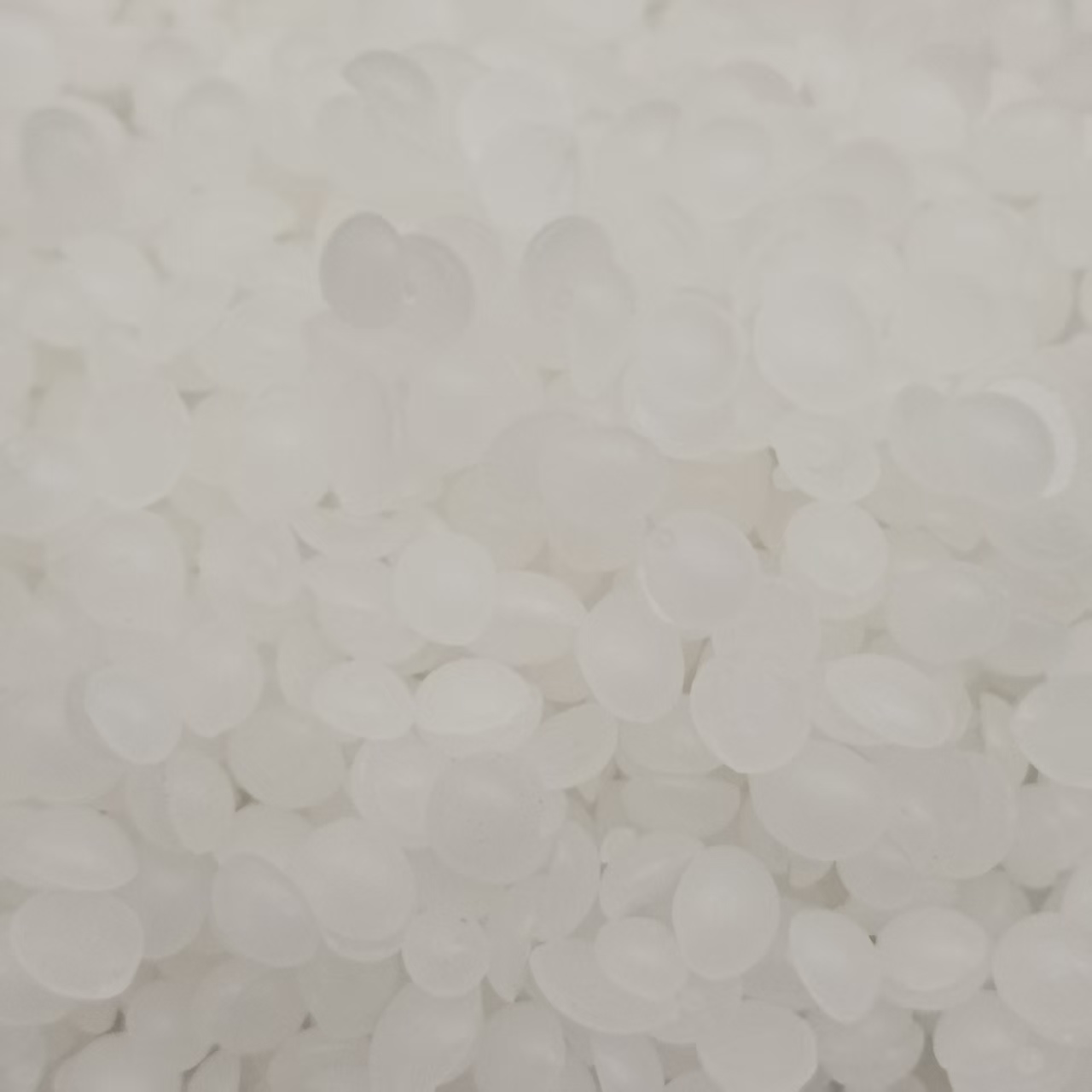
A New Era in Rubber Processing: The Rise of Physical Anti-Aging Protectants
For decades, rubber manufacturers relied on chemical antioxidants to slow down the aging process, which is triggered by heat, oxygen, and mechanical stress during processing. However, these chemicals often pose risks—they can leach out over time, compromising product integrity, and may have adverse environmental impacts. Enter Physical anti-aging protectants, which operate through physical mechanisms to shield rubber molecules from degradation without altering the material’s chemical composition.
Recent studies published in Rubber Chemistry and Technology highlight that rubber compounds treated with these protectants exhibit a 40% reduction in oxidative degradation during vulcanization—the critical heating process that gives rubber its elasticity. This not only extends the lifespan of rubber products but also reduces waste in manufacturing, as fewer defective batches are produced due to premature aging.
Market Dynamics: Growing Demand for Physical Anti-Aging Protectants in Rubber
The global market for Physical anti-aging protectants in rubber processing is experiencing robust growth, driven by stringent regulatory standards on chemical usage and the need for sustainable manufacturing practices. According to industry analysts at MarketsandMarkets, the market size is projected to reach $1.2 billion by 2028, with a compound annual growth rate of 7.3%—a clear indicator of the industry’s confidence in these physical protectants.
Major players in the rubber sector are already embracing the technology. Michelin, a leader in tire manufacturing, has integrated these protectants into its production line for high-performance tires, reporting a 25% improvement in resistance to thermal aging during processing. Similarly, Bridgestone notes that using them in rubber hoses has reduced post-processing cracking by 35%, leading to significant cost savings in quality control.
In Asia, where rubber production is concentrated, manufacturers are rapidly adopting Physical anti-aging protectants. A leading Thai rubber processor, Thai Rubber Latex Corporation, recently announced a partnership with a materials science firm to incorporate these agents into its latex compounds, aiming to enhance the durability of gloves and industrial seals.
How Physical Anti-Aging Protectants Work in Rubber Processing
The efficacy of Physical anti-aging protectants in rubber processing stems from their unique mode of action, which differs fundamentally from chemical alternatives:
Barrier Formation: These protectants form a microscale physical barrier on the surface of rubber particles during mixing, preventing oxygen and heat from penetrating the material. This barrier remains intact even under high temperatures (up to 180°C) encountered during vulcanization, a key advantage over chemical antioxidants that can break down under such conditions.
Mechanical Reinforcement: They interact with rubber polymers at the molecular level, reinforcing their structure to resist mechanical stress during processing. This reduces chain scission—the breaking of polymer bonds that leads to brittleness—resulting in rubber compounds with enhanced tensile strength.
Thermal Stability: By reflecting and dissipating heat, these protectants minimize thermal oxidation, a primary cause of aging in rubber during processing. Tests show that rubber treated with them maintains 90% of its original elasticity after 1,000 hours of exposure to high temperatures, compared to 65% for chemically treated rubber.
Applications Across Rubber Subsectors
The versatility of Physical anti-aging protectants makes them suitable for various rubber processing applications:
Automotive Rubber Parts: From tires to gaskets and seals, automotive rubber components face extreme conditions. Using these protectants ensures these parts resist aging from engine heat and environmental exposure, extending their service life.
Industrial Hoses and Belts: Hoses used in hydraulic systems and conveyor belts require flexibility and durability. Incorporating them during processing prevents cracking and hardening, reducing maintenance downtime.
Medical Rubber Products: In healthcare, where purity is critical, these agents offer a safe alternative to chemicals, ensuring gloves and medical tubing remain elastic without leaching harmful substances.
Construction Seals and Gaskets: Rubber seals in buildings and infrastructure must withstand weathering. These protectants enhance resistance to UV radiation and temperature fluctuations, maintaining a tight seal for longer periods.
Expert Insights: The Future of Physical Anti-Aging Protectants in Rubber
Dr. Elena Rodriguez, a materials scientist at the Institute of Polymer Science, emphasizes the transformative potential of these agents: “Physical anti-aging protectants address a longstanding challenge in rubber processing—how to balance performance with safety and sustainability. Their physical mode of action reduces reliance on chemicals, aligning with global efforts to minimize environmental impact while improving product quality.”
Industry leaders also highlight the economic benefits. A study by the Rubber Manufacturers Association found that adopting these protectants can lower production costs by up to 15% through reduced material waste and longer equipment lifespan. Additionally, as regulatory bodies tighten restrictions on chemical antioxidants, they position manufacturers to stay compliant with evolving standards.
Looking ahead, research is focused on enhancing the compatibility of Physical anti-aging protectants with different rubber types, including natural rubber and synthetic elastomers like styrene-butadiene rubber (SBR). Innovations in nanotechnology are also enabling the development of more efficient protectants with improved dispersion in rubber compounds, further boosting their performance.
Conclusion: A Sustainable Path Forward with Physical Anti-Aging Protectants
As the rubber industry continues to evolve, Physical anti-aging protectants are emerging as a cornerstone of sustainable and high-performance manufacturing. Their ability to enhance aging resistance through physical mechanisms not only improves product quality but also supports environmentally responsible practices. With growing adoption across global markets and ongoing advancements in their formulation, these protectants are set to redefine industry standards, ensuring that rubber products meet the demands of durability, safety, and sustainability for years to come.
In a sector where innovation drives competitiveness, they are more than a technological advancement—they are a strategic investment in the future of rubber processing, promising to deliver value across the entire supply chain from production to end-use.
